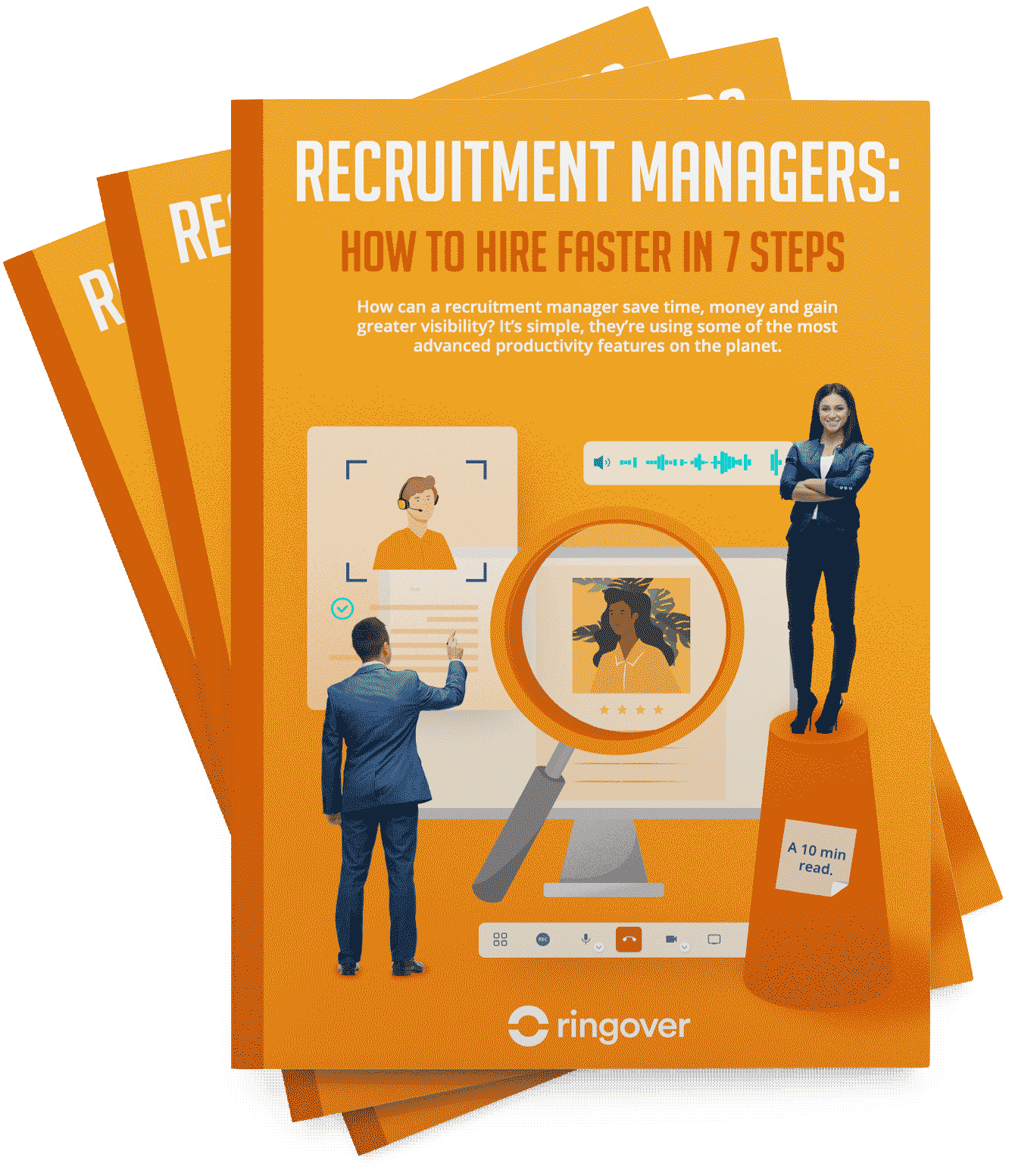Summary
- Key findings:
- The average time spent job hunting while employed is 4.6 hours per week
- Updating a LinkedIn profile is the most common visible job-hunting indicator (55.9%)
- The most common in-office indicator of someone job hunting is turning up late or leaving early (33.5%)
- One in four (26.1%) just ‘hopes their boss doesn't notice' when they attend an interview
Active job seekers might waste company time applying to adverts, make excuses to attend interviews, and lie to their bosses about their future intentions.
Eight in ten Americans (78.8%) we surveyed said they had actively job hunted while employed. So how can employers spot a job-hunting employee? And what typical behaviors can employees avoid to downplay suspicion? Our survey of 1,000 adults pinpoints the common behaviors of employed job hunters–from the expected to the unexpected giveaways.
Key findings:
- Eight in ten (78.8%) have actively job hunted while employed.
- The average job hunter spends 4.6 hours per week of work time job searching.
- The most common behaviors of job hunters are updating their LinkedIn profile (38.4%), becoming more active on LinkedIn (30%), and submitting their resume to job boards (28.8%).
- The most common in-office indicators were turning up late or leaving early (33.5%). taking longer lunches (32.9%), and requesting more time off (30.4%).
- Interview excuses: one in four (26.1%) just ‘hopes their boss doesn't notice' when they attend an interview, and 32.3% make up a family emergency to attend an interview.
The average time spent job hunting while employed is 4.6 hours per week
Most adults we surveyed have job hunted while employed (78.8%). However, job searching, applications, and preparing for interviews takes considerable time and energy.
In our recent study, we found that employees are productive for an average of 57.5% of a typical workday. Common distractions include talking to friends or browsing the web, but how much time does an active job hunter spend on their search during the work week?
-966b5.png)
The average amount of time someone spends job hunting while employed is 4.6 hours a week. But a quarter (27.4%) admitted to spending longer than seven hours per week job hunting on company time.
Updating a LinkedIn profile is the most common visible job-hunting indicator (55.9%)
Three quarters (72.5%) admit to using a work computer in their job hunt–despite the fact that employers can easily monitor the activity on a work device. But if you were to monitor what a suspicious employee was doing, what would you find? The most common visible indicators of a job search are updating LinkedIn profiles (38.4%), becoming more active on LinkedIn (30%), and submitting their resume to job boards (28.8%).

And monitoring someone's LinkedIn activity generally is a good way to gauge if they are job hunting. A noticeable jump in someone's LinkedIn connections is a strong indicator as seven in ten (69.6%) said they connect with more people on social media (LinkedIn, X, etc.) when job searching.
As LinkedIn activity was revealed to be a key indicator of a job search, we asked respondents what they were most likely to do to make their profiles more appealing to potential employers. Almost half of people (46.2%) said they would update their about info, (34.7%) said they would update their experience section and three in ten (28.6%) said they would update their photo.

The most common in-office indicator of someone job hunting is turning up late or leaving early (33.5%)
Three-quarters (74.5%) would tell a trusted colleague about their job hunt and a similar amount (71.1%) would tell them about going for an interview, but this doesn't mean that job hunters are comfortable with their search becoming common knowledge. Most respondents believed that their colleagues could tell they were job searching (68.1%) and this was a cause of anxiety for 66.8% of respondents too.

But what kind of indicators might raise suspicion in the workplace? It's much easier to be secretive about a job hunt working in the privacy of a home office than it is working on-site.
In our study, half of the respondents worked in-office or on-site together (50.1%), 33.5% of people worked remotely and 15.5% worked in a hybrid set-up.
If your company uses digital communications tools like Slack or Teams, one giveaway can be a decline in communication. Two-thirds (66.1%) said they engage less with software like Slack when job hunting. Investment in work generally might drop, as another indicator can be a decline in working hours; seven in ten (69.7%) said they stop working overtime when job hunting. Related to this, some of the most common indicators were turning up late or leaving early (33.5%), taking longer lunches (32.9%), and requesting more time off (30.4%).

And there are some more blatant giveaways when working in an office with someone. A colleague slipping out to take a phone call could be a sign they are pursuing new opportunities, as most people (60.6%) would take a call about a new job privately at work. A colleague turning up to work looking especially smart might also indicate that they have a job interview, as three-quarters of people (77.1%) agreed they would dress smarter than usual at the office if they had an interview that day–even though a similar amount of people (68.3%) thought dressing smarter would make others suspicious.
One in four (26.1%) just ‘hopes their boss doesn't notice' when they attend an interview
Although eight in ten (78.9%) say they try to arrange interviews outside work hours, this isn't always possible when interviewing for a position in a company with a similar 9-5 structure. This means that job seekers might need to find an excuse to slip out of work to take an interview.
Three in five (60.5%) admitted that they had lied to their employer about taking an interview. When asked how they might get away with taking the time out from work for an interview, a quarter (26.1%) just ‘hoped their boss wouldn't notice'. But for those who did make an excuse, what lie was most popular?
The most common excuses people give for taking leave for an interview were a family emergency (32.3%), a medical appointment (30.7%), or sickness (27.2%). And although the majority of people (61.2%) said they would feel guilty about it, most people (61.2%) would lie if their boss asked them if they were looking for opportunities elsewhere.

Methodology
We surveyed 1,000 American adults in October 2024. The survey was designed to find out how common it was to job search during work time and identify the noticeable behaviors of a job-hunting employee.
Gender
- Male 58.1%
- Female 40.6%
- Non-binary 1%
Age
- 18-27 9.3%
- 28-43 74.7%
- 44-59 13.2%
- 60-69 2%
- 70+ 0.8%
Employment
- Full time 75.4%
- Part-time 10.8%
- Freelancer 5.7%
- Unemployed 8.1%
©️©️ This work is licensed under a Creative Commons Attribution-ShareAlike 4.0 International License.




